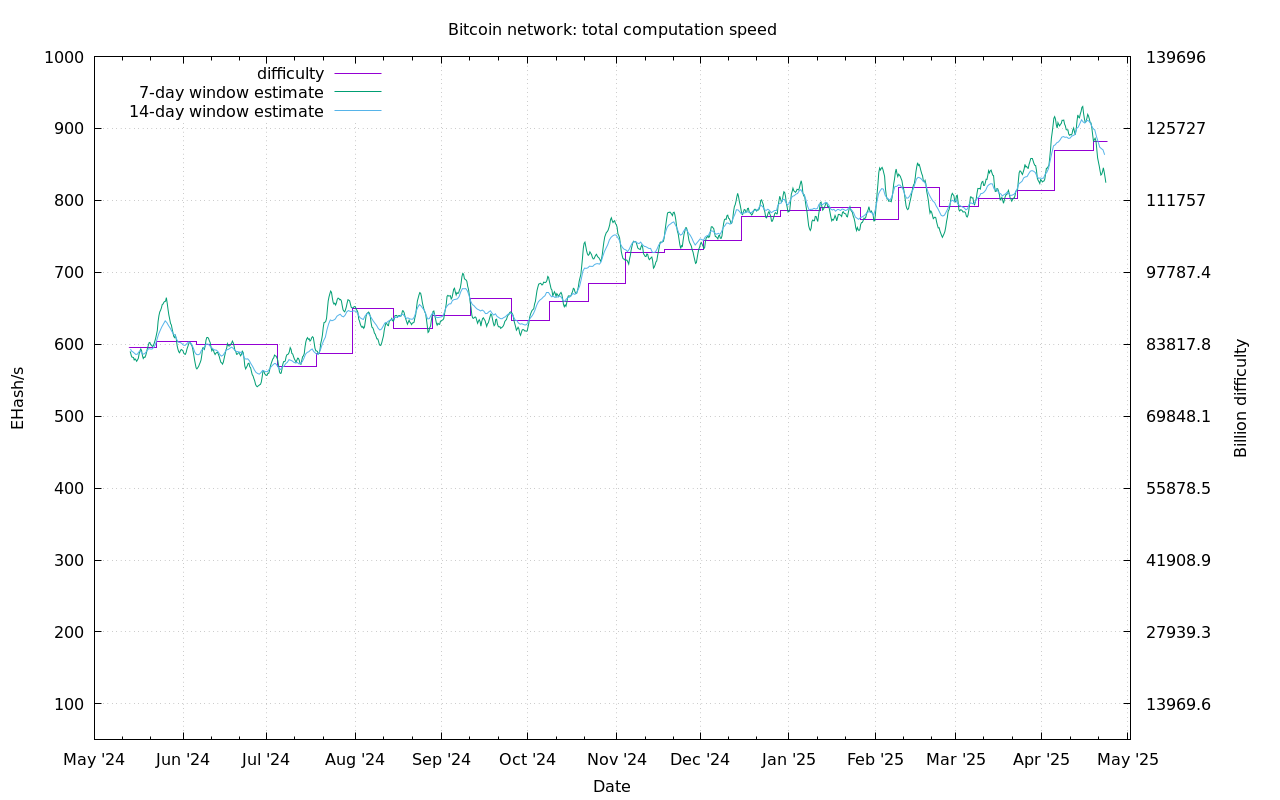 My-Bitcoin.net
My-Bitcoin.net
Actual transactions
How to mine bitcoins
Mining bitcoins is nothing else than verifying transactions within the bitcoin network. In order to prevent users from cheating and sending each other more bitcoins than they actually own, they must be some type of supervision. In the banking system it’s the responsibility of banks, but in the decentralized system users themselves must keep a wary eye on each other.
If mining bitcoins is something you’d like to do, it’s necessary you get firstly familiarized with the following terms:
- A miner is somebody who operates a computer which is connected through the internet to other computers. Instead of the word computer, you can come across the term ‘mining machine’, which is constantly running.
- Unfortunately, the mining machine is not an ordinary PC or a powerful graphics card. It’s necessary to be equipped with special hardware, the ASIC (Application-Specific Integrated Circuit), for mining.
- The bitcoin network is fully decentralized (a peer-to-peer network), meaning there is no central computer within this network. So it’s impossible that someone would disable it. That’s why it’s difficult to damage or forbid this network.
- The hash function is an algorithm that transfers input data into a ‘relatively’ small number. This function usually serves for quicker comparison of the chart or the data.
- Block is processed accumulation of transactions which means that bitcoin node selects transactions that are waiting for verification. The transactions are then arranged in a certain order and processed using the encryption protocol. The result of encryption is so called ‘hash’. The primary goal is to achieve as lowest hash as possible. The new block is stored in the blockchain and all nodes start searching for another one. In case that the node doesn’t find a block with low hash, no changes are made to the block except of so called ‘nonce’, which is just another number attached to transactions..
- Blockchain is a linked list of all valid blocks that were ever created in the bitcoin network. Since blocks contain data about all transactions, the blockchain could be also viewed as a ‘ledger’ or ‘account statement’ of all transactions that have taken place within the bitcoin network.
- Mining pool means when the miners join their efforts and form so called mining pools, which make use of computational capacity of the individual miners. Finding a block in the mining pool is much easier.
The entire lexicon of bitcoin terms can be found on the page Lexicon of terms.
The following video explains the bitcoin mining process
The whole idea of bitcoin rests on the assumption that majority of users will not swindle. It’s therefore desirable that more than 50% of users always agree with carrying out the transaction. If some hacker wanted to send a fictitious transaction to the network, he’d have to use more than 50% of computing power of the network, to verify such a transaction. However, the computing power of the current bitcoin network is really high making any hacking attack almost impossible.
Hardware for mining
Procesor
It was initially thought that transactions will be verified by any user on their PC. SHA-256 is used for calculating and hashing all individual transactions. In this way users were providing their PCs for Bitcoin, doing which, at the same time, solved the problem of distributing Bitcoin among other users. Users who were mining in this way were rewarded not just with fees for individual transactions, but also for emitting new bitcoins in the network. Distributing bitcoins is given to the user who first calculates the required hash. That’s why it was crucially important to have an adequately powerful computer so that the likelihood of being the first was as high as possible. However, it wasn’t long before it was discovered that graphics cards, thanks to their architecture, could calculate hashes much faster than the processor. That’s why this method is already ineffective today.
Graphics cards
AMD cards were among the most suitable cards for calculating hashes. Calculating hashes was less effective in case of other manufacturers, like nVidia, for example, because they were using different architecture. Graphic cards had been used for mining for quite a long time before they were replaced by slightly more effective FPGA circuits, which were however soon replaced with ASIC - specialized software designed for mining.

Mining using ASIC hardware
When the price of bitcoin was surging, it became very attractive for hardware manufacturers who started to produce specialized hardware for bitcoin mining. These are processors which are specially designed to have the highest performance and the lowest usage when calculating SHA-256 which is used for bitcoin mining.
Bitcoin mining farms
Today, bitcoin mining takes place on a large scale on special farms, mostly in China, where also ASIC machines are produced. China offers low cost of electricity, abundance of the mining hardware and there’s no need to pay customs fees or VAT on hardware, as it is common in case of sending it to Europe or America. On the YouTube pages you can find a large number of videos from these farms all over the world.

Bitcoin mining
Mining difficulty
To be able to achieve the desired rate of generating one block every 10 minutes, the processing power of the bitcoin network needs to be somehow monitored. If the processing power of the network doubled, so would the generating of a new block. The network itself manages this problem by adjusting (either increasing or decreasing) difficulty to find new hash over a new block. The following graph shows the history of the bitcoin mining difficulty.
Reducing the number of newly emitted bitcoins

Bitcoin mining pools
As the result of the vast number of miners in the bitcoin network and the consequent minimal probability of finding the correct hash over a block, the miners started to unite into so called mining pools, where they try to find the correct hash collectively, as a team. If somebody manages to find new bitcoins, he shares them with the others according to the amount of the computational capacity they provide to the pool.

The graph showing the bitcoin mining pools (as of August 2016)
A Czech computer programmer Marek Slush Palatinus came up with this idea and released this protocol as open-source. His pool can be still accessed on this web: slushpool.com.
Software for bitcoin mining
There is a great deal of software for bitcoin mining, therefore we recommend to focus on the pool which you will use for mining. They will help you with choosing and configuring the software you need. The most frequently used however are: MinePeon, EasyMiner, BFGMiner nebo CGMiner
Types of bitcoin encryption
- SHA-256 - This encryption is used by the bitcoin, Peercoin and some other currencies. These currencies can be easily mined using all ASIC devices.
- Scrypt - was introduced by the Litecoin currency, which wanted to restore mining on PCs.It was using the computer memory for calculating hash in order to make manufacturing of the specialized software difficult. However, this method had been in use for just 2 years before it was replaced by the ASIC. It’s used by many currencies, for example Dogecoin.
- NeoScrypt - introduced by the Vertcoin currency. It solves the problem with the ASIC device by configuring the memory required for calculation. That’s why it’s not possible to manufacture hardware for it, so graphics cards are used for mining.
- X11 - Similar to NeoScrypt, however, it didn’t strain the graphics cards so much, causing less burning and damage.
- X13, Keccak, Quark, Groestl, Blake-256, Lyra2REv2, CryproNight, EtHash - these are all examples of other methods of encrypting.
Mining profitability
Today, it’s very difficult to make profit on mining bitcoin or any other currency, but it’s not entirely impossible. You can calculate your profitability on the Coinwarz website.
Manufacturers of the ASIC mining hardware

Technologies Ltd.- one of the largest Chinese producers of ASIC miners. Its ASIC miners (AntMiner) are among the most widely used. They’re sold in more than 100 countries in the world.

BITMAIN
www.bitmain.com

One of the first companies manufacturing ASIC. However, this company didn’t enjoy success for long because it was cheating its customers. They were charging their customers for software that was still being developed. But they couldn’t complete the software in time and were beaten by their competitors. They’re currently experiencing financial problems.

ButterflyLabs
www.butterflylabs.com

This company firstly focused on manufacturing the ASIC hardware. It was using mining machines like KnCMiner Jupiter, KnCMiner Saturn, etc. Later on, it shifted its focus from selling hardware to producing its own mining farms.

Current table manufacturers can be found at Bitcoin Wiki
Bitcoin Price Index

 #bitcoin Tweets
#bitcoin Tweets





